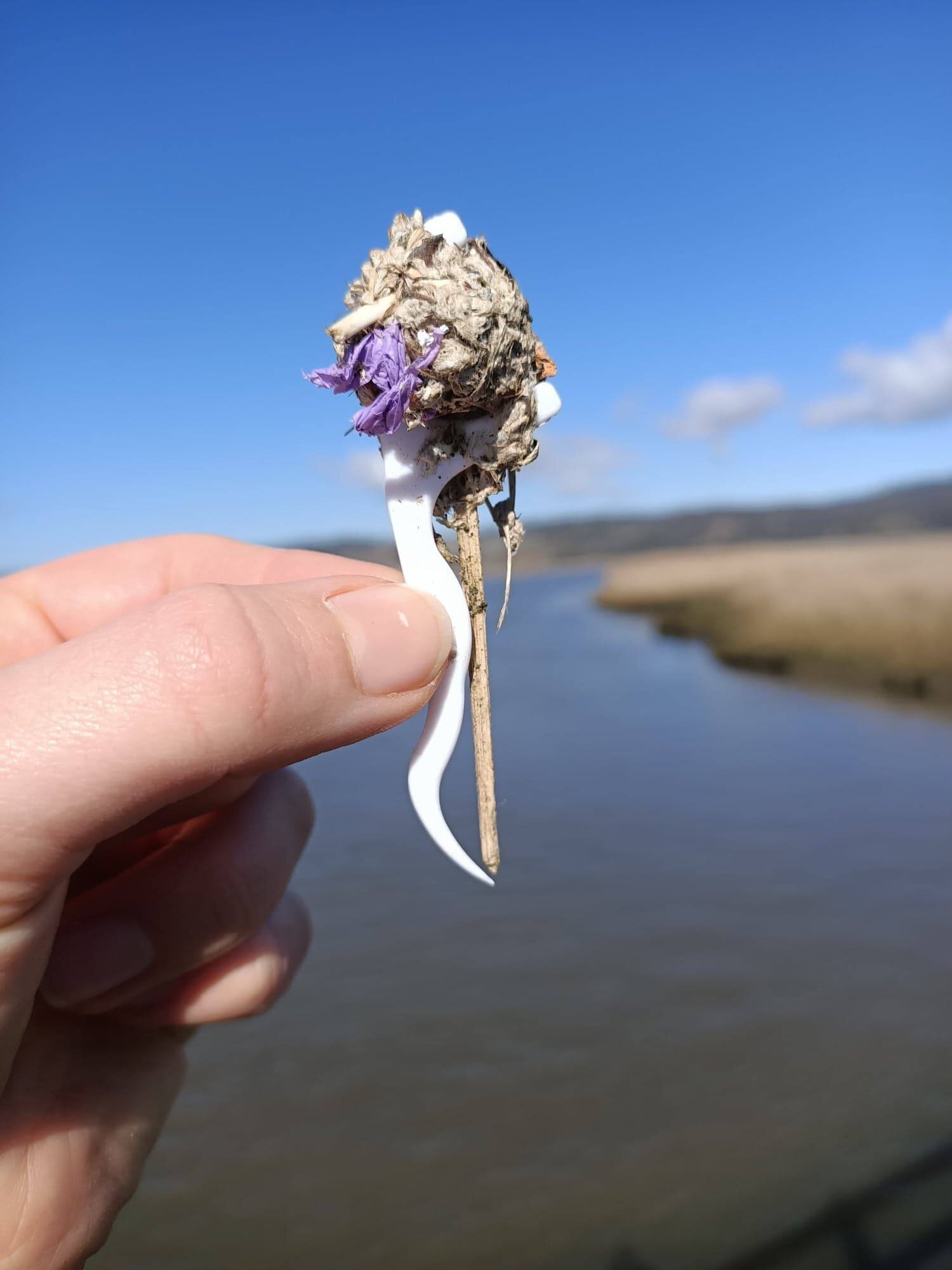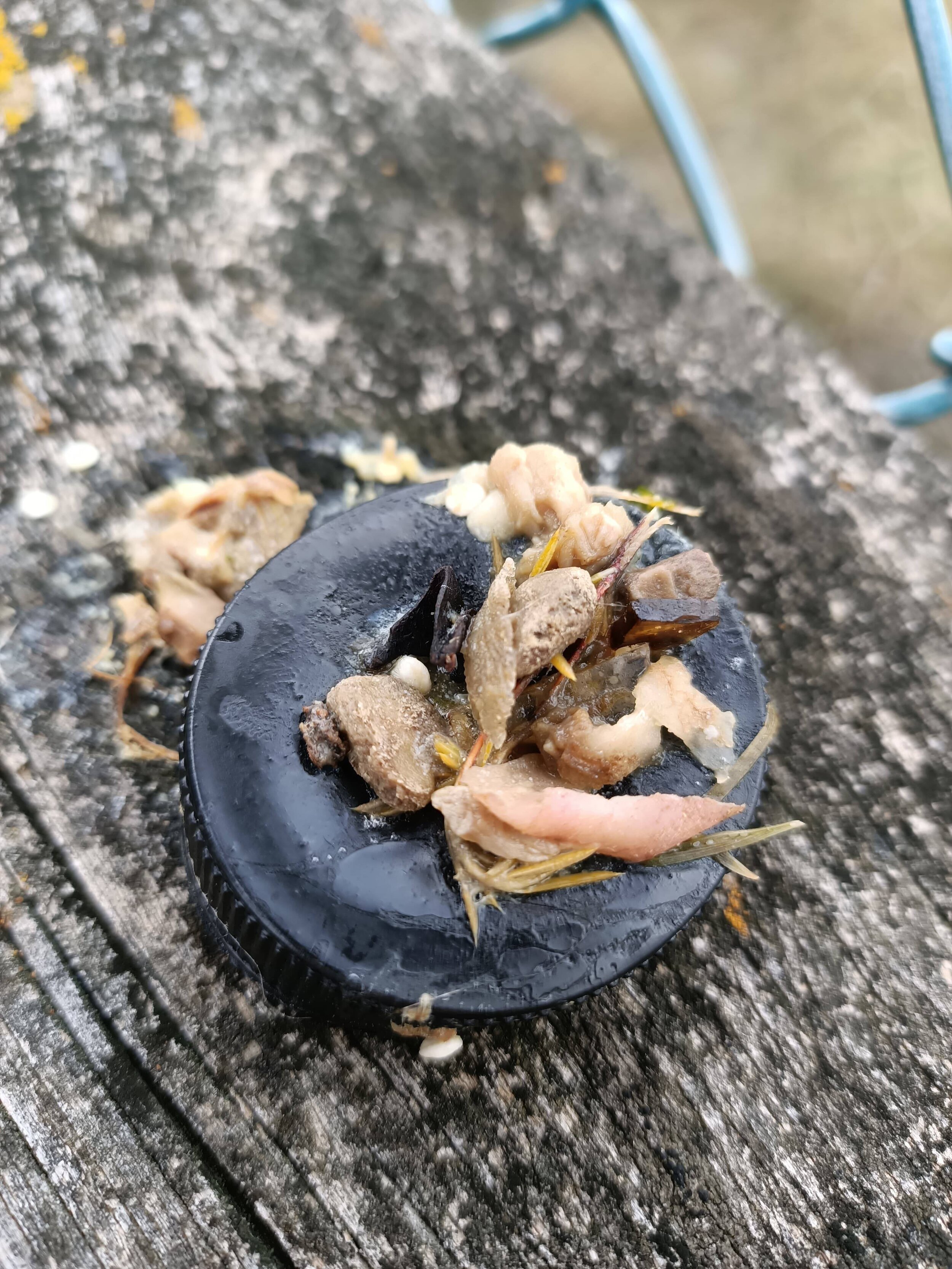There is not a single place in our Earth’s oceans where plastic has not been found.
Photo thanks to Emma Nichols
Plastic production only really began taking off in the 1950’s (that’s only 70 years ago) and since then we have produced around 8 billion metric tonnes of plastic.
To put a visual concept to that, that’s roughly 1 billion African elephants worth - the largest of all land animals!
Does that seem like an inconceivable number of elephants? That’s because it is and it’s an inconceivable amount of plastic too!
Around 6.3 billion tonnes of the plastic produced has become waste, with around 90% of it never having been recycled.
Worldwide, we produce around 390 million tonnes of plastic each year, with over 10 million tonnes of it ending up in our oceans, having a devastating impact on our marine life.
Our animals on land aren’t safe either from irresponsible disposal of plastic and other waste items, often getting caught and trapped in rubbish.
So why is plastic so bad?
Well, first, we should probably understand what it actually is.
Plastic is typically made from polymers of high molecular mass, making it very malleable and easily moulded into a solid object. It is well suited for a number of different applications such as building and construction, various types of equipment, and a wide variety of packaging. It’s cheap to produce and conveniently lightweight.
And plastic isn’t all bad. The invention of plastic has helped to bring about better safety and hygiene standards, and even improved our comfort with all the conveniences that come along with it.
It was designed with the idea to replace packaging that was either unsuitable or hard to come by.
Plastic was made with the intention to last, which is the very crux of the issue – it lasts.
Plastic doesn’t break down into its base components easily, or at all in most cases, instead it breaks up into tiny microplastics, often only after several hundred years or from external environmental influences, such as sunlight and wave action.
So how does this AFFECT our wildlife?
Around 10 million tonnes of plastic debris find its way into our oceans each year, with roughly 80% of it coming from land sources such as rubbish tips, inadequate waste management, intentional and unintentional littering, and being washed down stormwater drains where it makes its way to the ocean.
This is not only catastrophic for marine life who often ingest and get tangled in this plastic debris, but it also has devastating effects on the environment with the risk of buoyant plastic litter transporting invasive species.
Smaller plastic waste and microplastic in our oceans are also particularly adept at absorbing chemicals in their surrounding environments, such as fuel and oil spills. Once absorbed they become a small concentrated source of these harmful toxins, and when swallowed by marine animals can leach into the bloodstream and result in death.
Why do animals eat plastic?
It smells like dinner!
Huh?
It’s true. New studies have begun to unravel the mystery as to why marine animals are consuming plastic.
Krill, the primary food source of many seabirds and other marine life, feed on algae.
When algae breaks down naturally it emits a strong sulphur scent, which marine life have learned to recognise as being a sure sign there’s food nearby. Floating plastic debris, it turns out, is the perfect platform for algae to thrive.
Once wildlife catches the scent, it turns on their foraging mode, making it difficult for them to differentiate between what is actually food and what is not – everything is fair game.
This, however, doesn’t rule out that an animal wouldn’t find plastic to look like an appealing meal on its own.
Some marine animals, such as certain species of turtles, will often mistake clear, plastic bags as jellyfish, and fish will often ingest microplastic as it resembles the small particles they would normally forage for.
Over 200 species of marine animals have been documented feeding on plastic, including whales, turtles, seals, fish, and especially seabirds. Australian scientists released a study showing that around 90% of seabirds have ingested plastic.
Some seabirds, like the Pacific Gull, will vomit up anything that they can’t digest; these are called boluses. Lillian Stewart, an Honours candidate at Adrift Lab, IMAS, has been studying plastic consumption in seabirds in the North of Tasmania, and has documented multiple Pacific gull boluses during her research, as seen in her photos below. In the first image you can see a floss pick and in the second a bottle cap. These items are ingested by the birds, and then once regurgitated, are reintroduced back into the environment. It is suspected that the birds are feeding at a local tip, highlighting the need to reduce our plastic consumption and to be more considerate of how we dispose of it.
What can you do?
Each year, globally, we double our plastic production and at the current rate by mid-century there will be more plastic waste in the oceans, pound for pound, than fish.
Plastic is hard to avoid in this modern world, but there are many small changes in our lives that we can make to help reduce our plastic consumption.
The first and easiest step is to try to reduce single-use plastic in our lives where possible and to ensure that we dispose of it responsibly.
A few options include:
Endeavouring to follow the 3 R's - reduce, reuse, and recycle.
Refusing plastic straws, disposable coffee cups, and bottled water and instead opt for reusable options.
Using your own reusable shopping bag.
Avoiding using plastic bags for fruit and vegetables and instead use paper bags or reusable produce bags.
Using alternatives to plastic food wraps such as beeswax wraps, reusable cling film , paper bags, lunch boxes.
Lining a rubbish bin with newspaper or forgoing a liner altogether and washing out as needed.
Buying bread from the local bakery and using a bread bag to avoid excess plastic packaging.
Take your reusable glass containers and purchase items in bulk from your local wholefoods store.
Swapping from liquid soap to bars.
Swapping your plastic toothbrush for a bamboo one.
Checking with your local council on their recycling guidelines to ensure you’re recycling effectively.
Plastic Free July Org. has some in-depth resources on where to start or if you're already a veteran at reducing waste at home then you can find some great ideas for your wider community or workplace.
Every small step counts towards a better future and if we all do our part then we can help turn the tide on plastic in our oceans.
https://www.lawnstarter.com/blog/statistics/plastic-statistics/





